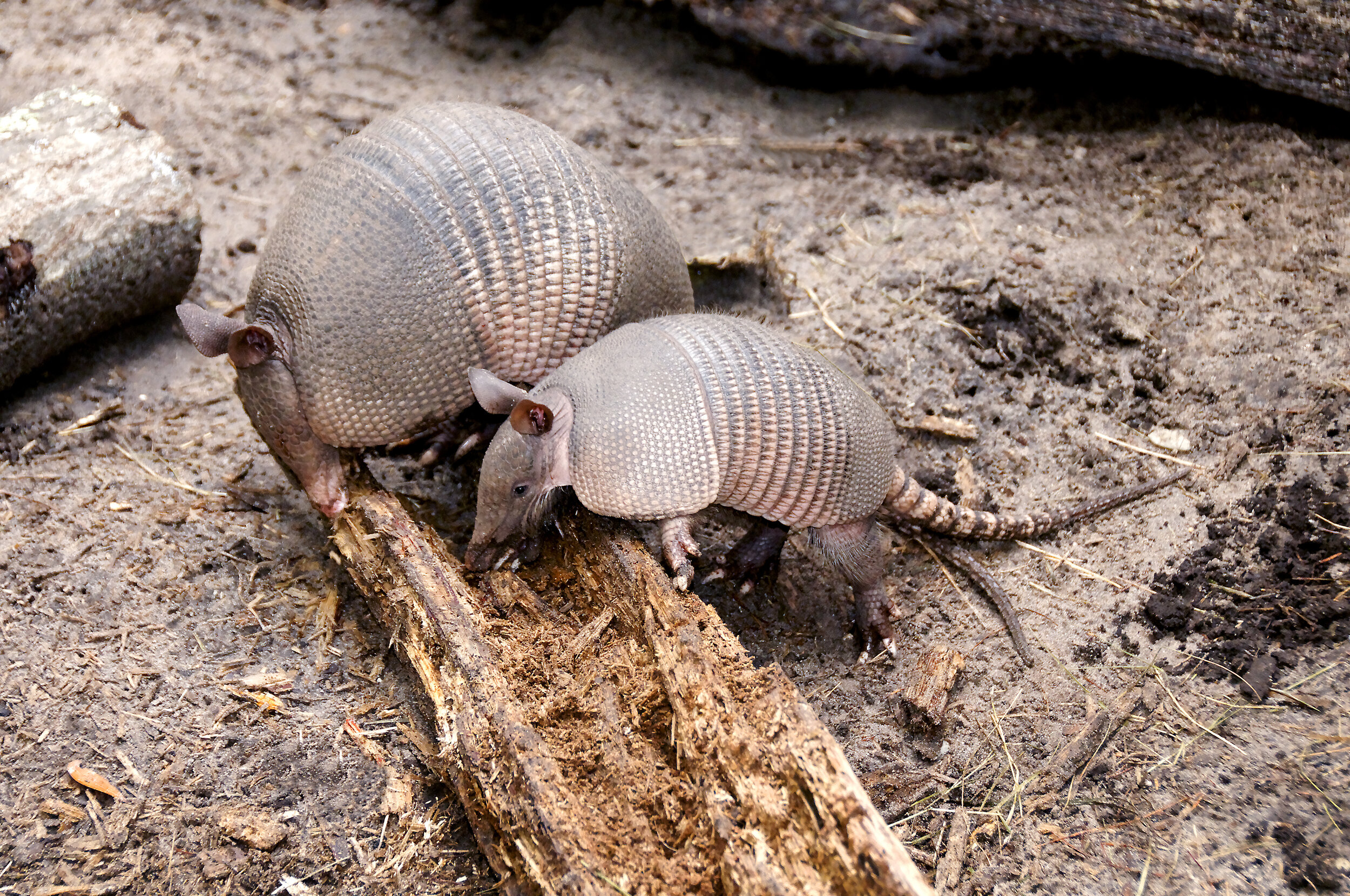Get the facts!
Leporosy
Leprosy is also known as Hansen's disease. This is an ancient disease that has mostly disappeared with a few endemic areas remaining in India, Africa, the Philippines, and other western pacific islands. With 150-200 leprosy cases per year in the U.S., two-thirds of those patients had lived or worked in such places before becoming ill. Armadillos are indigenous only in the New World, and leprosy introduced to the New World after Christopher Columbus. Thus this human disease was introduced to the armadillo around 400-500 years ago. The only animal leprosy is known to flourish in is humans and armadillos. Armadillos have been used to grow the disease for some time now, the core body temperature of armadillos is 93°F, which allows for the growth of the leprosy bacterium. This is also why the disease tends to affect the cooler parts of the body, such as feet, nose, and ears in humans! Thanks to the armadillo, scientists have been able to develop a vaccine against leprosy. The nine-banded armadillo has also been used for skin and organ transplants experiments, tests of cancer-causing agents, plus experiments on drug metabolism. The female armadillo produces four identical young, which is very helpful to scientists; no research is acceptable without proper controls. The identical armadillos help rule out any differences in genetic makeup, and any results are genuinely from the treatments' There has been concern about humans contracting leprosy from armadillos, and this is an uncommon occurrence. Most infections were contracted by handling or eating uncooked armadillo meat. In conclusion, due to the fragility of the leprosy bacterium, even casual contact with an infected human or armadillo, does not mean you will be infected! 95% of humans are naturally immune to the disease!

